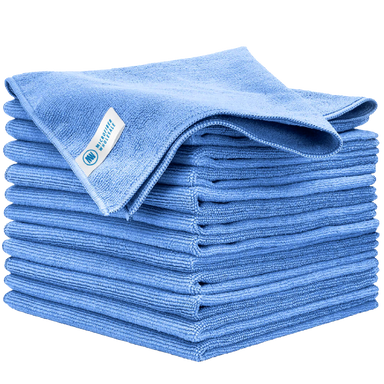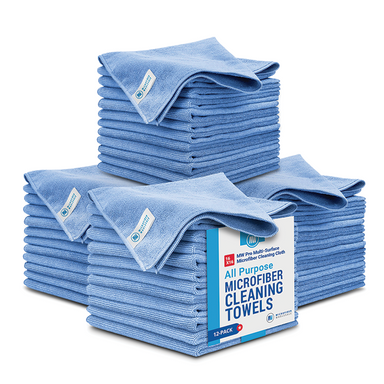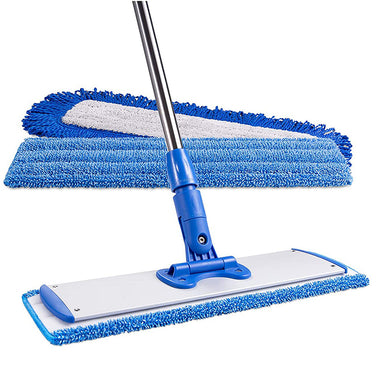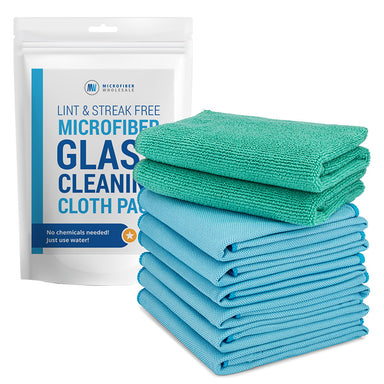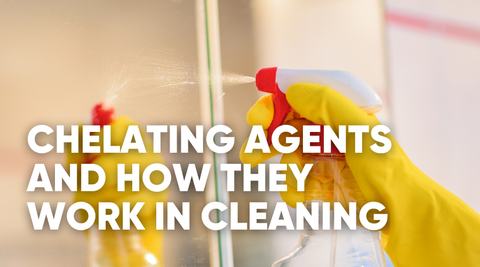The Science of Temperature and Cleaning Power
Before deciding whether you should clean with hot or cold water, it helps to understand what temperature really does at a molecular level. Cleaning depends on four key factors; time, temperature, chemistry, and mechanical action. But temperature directly influences the other three.
How Heat Affects Molecular Motion and Surfactant Performance
Hot water speeds up molecular motion, which helps loosens dirt, grease, and organic matter. Increased movement causes soil particles to detach more easily from surfaces. At the same time, detergents and surfactants (the active ingredients that lift and suspend soils) become more effective because heat reduces the water’s viscosity, allowing them to penetrate soils faster.
Why Higher Temperatures Lower Surface Tension and Increase Solubility
When water is heated, its surface tension decreases, meaning it can spread and wet surfaces more thoroughly. This helps cleaning agents reach microscopic pores in materials and lift embedded grime. Heat also increases solubility, allowing soaps and detergents to dissolve and disperse more evenly, which is why hot water often creates more consistent foam and cleaning action.
The Tipping Point: When Too Much Heat Causes Diminishing Returns
However, hotter isn’t always better. Beyond about 140°F (60°C), certain detergents begin to break down, enzymes denature, and fibers like microfiber can lose shape and performance. Some soils may even set permanently under high heat, such as proteins that “cook” onto surfaces or fabrics.
The key is balance; use the lowest effective temperature for the soil and surface type to get optimal results without damage or waste.











